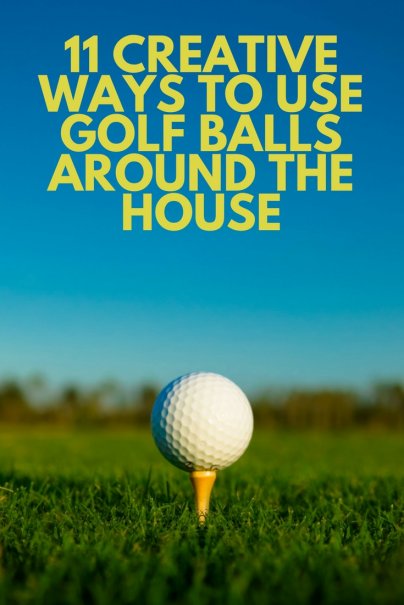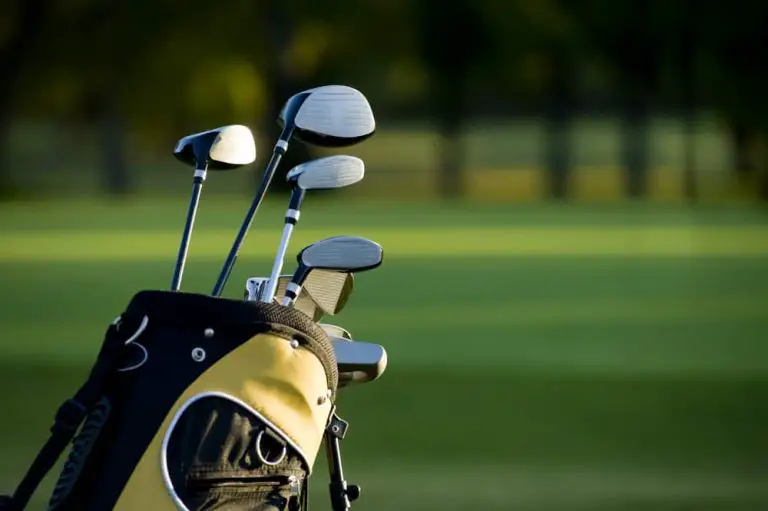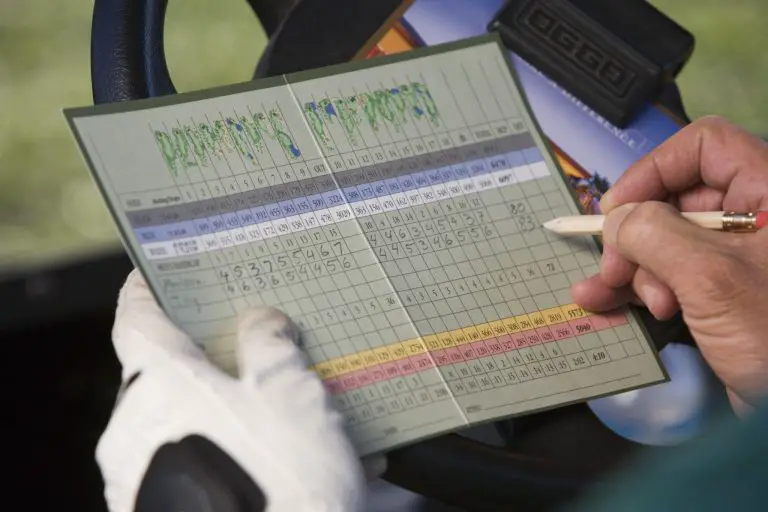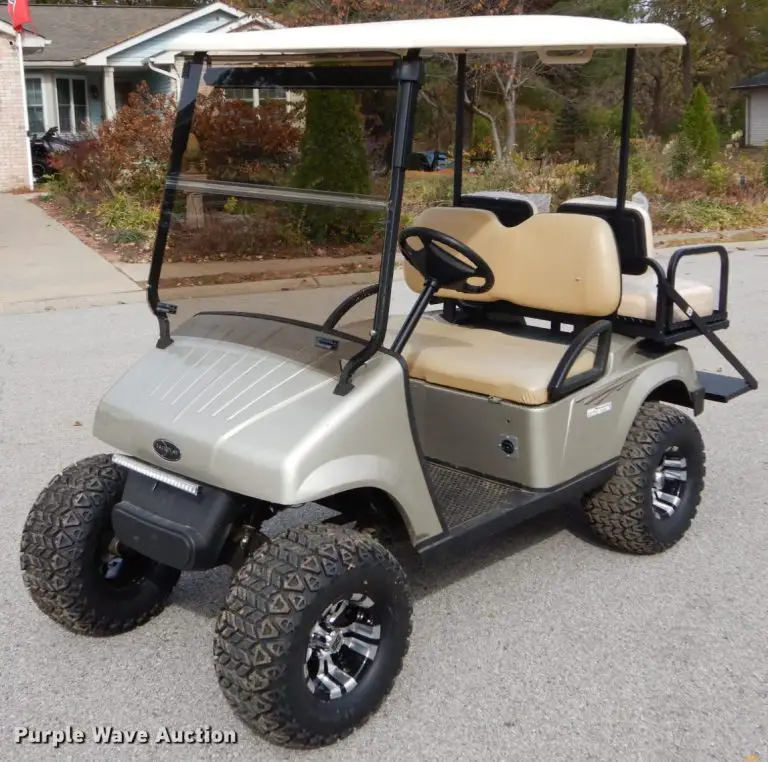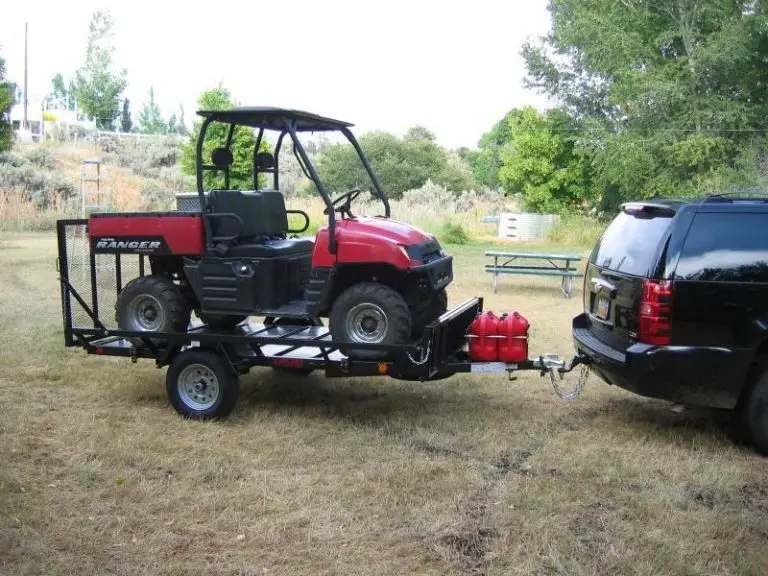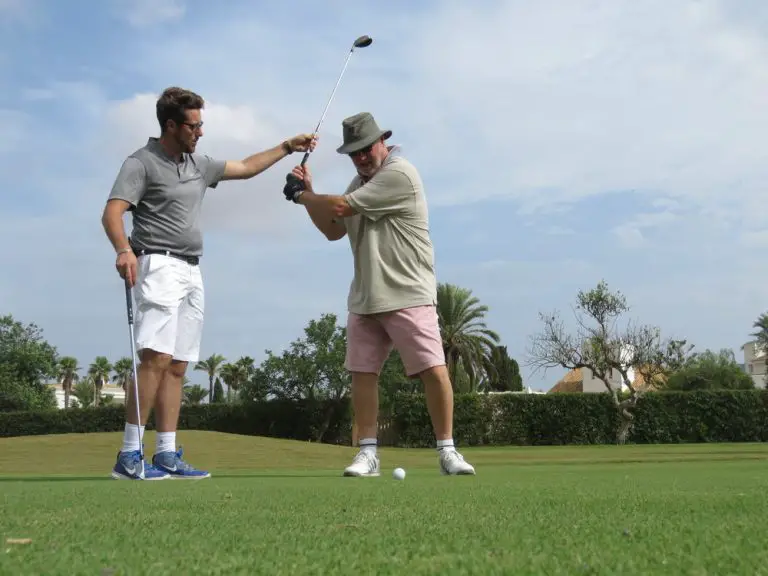What is a Lie Angle in Golf
In the game of golf, precision and accuracy are paramount. From the swing mechanics to the choice of clubs, every aspect contributes to achieving optimal performance. One crucial factor that significantly affects the outcome of a shot is the lie angle. But what exactly is a lie angle in golf?
The lie angle refers to the angle between the sole of the golf club and the shaft. It plays a pivotal role in determining how the club interacts with the ground during the swing, particularly at impact. This angle has a direct impact on the clubface’s position relative to the ground, influencing the direction, trajectory, and accuracy of the shot.
A properly fitted lie angle ensures that the clubface is square to the target at impact, allowing for clean and consistent ball striking. When the lie angle is incorrect, shots can veer off to the left or right, leading to inconsistent and inaccurate results.
Understanding the importance of lie angle is crucial for golfers of all skill levels. It affects not only the direction of the shot but also the ball flight, distance control, and overall performance on the course. By optimizing the lie angle to match individual swing characteristics and body posture, golfers can improve their accuracy, achieve more consistent ball striking, and ultimately lower their scores.
In this comprehensive guide, we will delve into the intricacies of lie angle in golf, exploring its definition, significance, factors that influence it, and the impact it has on different clubs. So, let’s dive in and unlock the secrets of the lie angle to enhance your golf game.

Understanding the Lie Angle
At its core, the lie angle refers to the angle between the sole of the golf club and the shaft. This angle influences the club’s interaction with the ground during the swing, particularly at impact. The lie angle affects how the clubface contacts the ball, directly influencing the ball’s direction, trajectory, and overall accuracy.
The lie angle plays a vital role in ensuring that the clubface is square to the target at impact. When the lie angle is properly fitted to a golfer’s swing, the clubhead will make solid contact with the ball, resulting in straighter shots and improved ball flight. On the other hand, an improper lie angle can lead to inconsistent strikes, with shots veering off to the left or right.
Factors Influencing Lie Angle
Several factors influence the appropriate lie angle for an individual golfer. One primary consideration is the golfer’s swing mechanics and body posture during the swing. A golfer with a more upright swing may require a different lie angle compared to someone with a flatter swing plane. Additionally, factors like height, arm length, and stance can also affect the ideal lie angle for each golfer.
Importance of Proper Lie Angle
Having the correct lie angle is crucial for several reasons. First and foremost, a proper lie angle promotes accuracy and consistency in ball striking. When the lie angle matches a golfer’s swing, the clubface will be square to the target more consistently, resulting in improved shot direction and ball flight control.
Furthermore, a proper lie angle enhances playability and shot-making versatility. It allows golfers to execute various shots with confidence, such as shaping the ball left or right, hitting high or low shots, or performing greenside shots with different lies.
Adjusting Lie Angle
Achieving the correct lie angle often involves professional club fitting. During a fitting session, a club fitter analyzes a golfer’s swing dynamics, body posture, and ball flight tendencies to determine the optimal lie angle. Adjustments can be made by bending the clubhead or using specialized equipment to ensure the proper angle.
However, it’s important to note that adjusting the lie angle should be done by trained professionals to avoid potential damage to the clubhead. Attempting to adjust the lie angle without proper knowledge and equipment may lead to irreparable damage to the club.
Impact of Lie Angle on Different Clubs
The impact of lie angle varies across different types of golf clubs. Each club has its own lie angle specification based on its design and intended purpose. Understanding the influence of lie angle on specific clubs can help golfers make more informed decisions when selecting and using their equipment.
- Driver and Fairway Woods: The lie angle of drivers and fairway woods primarily affects the initial direction of the ball flight. A flatter lie angle may promote a fade or slice, while a more upright lie angle can encourage a draw or hook.
- Irons and Wedges: The lie angle of irons and wedges has a significant impact on shot accuracy and consistency. A proper lie angle ensures that the club strikes the ball with the clubface square to the target, promoting straighter and more predictable shots.
- Putters: Lie angle is especially critical for putters since it determines the proper alignment of the putter face at impact. A properly fitted lie angle allows the putter to rest flat on the ground, helping golfers achieve better alignment and stroke consistency.
Understanding how lie angle influences each club category empowers golfers to make informed decisions about their equipment and optimize their performance on the course.
Conclusion
The lie angle is a crucial aspect of golf club fitting and plays a significant role in a golfer’s ability to strike the ball accurately and consistently. By understanding the concept of lie angle, considering individual swing characteristics, and seeking professional club fitting when necessary, golfers can ensure their equipment is tailored to their unique needs. Proper lie angle alignment across different clubs can lead to improved shot accuracy, ball flight control, and overall performance on the course. So, next time you step onto the links, remember the importance of the lie angle and its impact on your game.

